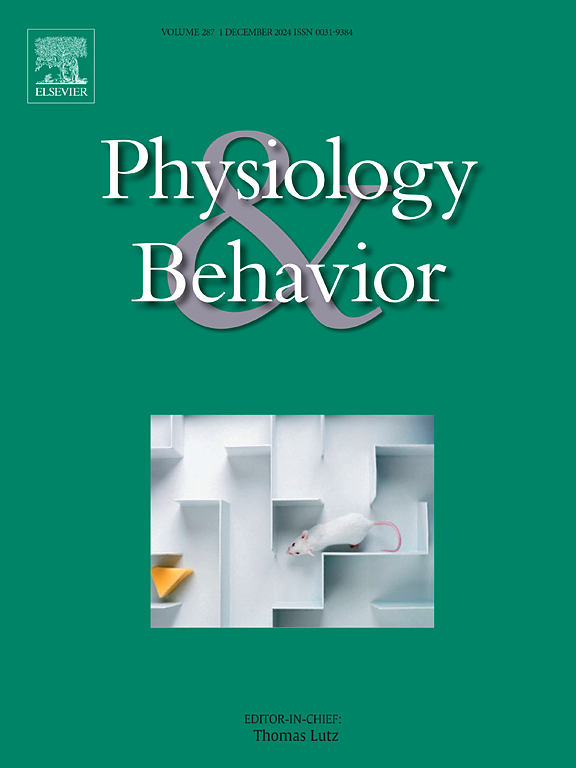年龄和体感幻觉对步态的影响
IF 2.5
3区 医学
Q2 BEHAVIORAL SCIENCES
引用次数: 0
摘要
目的:与年龄相关的步态衰退与本体感觉受损有关,本体感觉是人对空间位置和运动的内部感知。虽然本体感觉受损还与本体感觉错觉的易感性有关,但这种易感性对步态的影响及其与年龄的相互作用尚不清楚。本研究旨在解决这些不确定因素:方法:我们测量了肌肉纺锤操纵和步态在年轻人和老年人中引起的本体感觉错觉。我们还将幻觉测量与传统的关节位置匹配进行了比较,以研究幻觉易感性是否能揭示本体感觉障碍:结果:我们发现年龄对本体感觉幻觉易感性或关节位置匹配误差没有影响。与非感知者相比,两个年龄组的幻觉感知者都表现出更大的关节匹配误差,表明本体感觉敏锐度降低。与之前的研究一致,在单任务和双任务行走中,老年人的步频、步速和步长都比年轻人要低。有趣的是,无论年龄大小,幻觉感知者的步频和步幅都比非感知者要小:我们的研究结果表明,在感知这些本体感觉幻觉的人身上观察到的步态障碍与年龄无关,其根源可能是本体感觉退化:这是第一项研究这些关系的研究。本文章由计算机程序翻译,如有差异,请以英文原文为准。
The effect of age and proprioceptive illusion susceptibility on gait
Objective
Age-related gait decline has been associated with impaired proprioception, one's internal awareness of spatial location and movement. Although impaired proprioception has further been linked to greater susceptibility to proprioceptive illusions, it is unclear the impact such susceptibility has on gait and its interaction with age. The purpose of this study was to address these uncertainties.
Methods
We measured proprioceptive illusions induced by muscle spindle manipulation and gait in young and older adults. We also compared illusory measures with traditionally used joint position matching to examine if illusory susceptibility can reveal proprioceptive impairments.
Results
We found no effect of age on proprioceptive illusion susceptibility or joint position matching error. Compared to non-perceivers, illusion perceivers across both age groups showed greater joint matching error, suggesting reduced proprioceptive acuity. Consistent with previous studies, older adults had reduced cadence, gait velocity, and step length compared to young adults in both single- and dual-task walking. Interestingly, illusion perceivers, regardless of age, showed reduced cadence and step width compared to non-perceivers.
Conclusions
Our results suggest that gait impairments observed in those who perceive these proprioceptive illusions are age-independent, potentially rooted in deteriorated proprioception.
Significance
This is the first study to examine these relations.
求助全文
通过发布文献求助,成功后即可免费获取论文全文。
去求助
来源期刊

Physiology & Behavior
医学-行为科学
CiteScore
5.70
自引率
3.40%
发文量
274
审稿时长
47 days
期刊介绍:
Physiology & Behavior is aimed at the causal physiological mechanisms of behavior and its modulation by environmental factors. The journal invites original reports in the broad area of behavioral and cognitive neuroscience, in which at least one variable is physiological and the primary emphasis and theoretical context are behavioral. The range of subjects includes behavioral neuroendocrinology, psychoneuroimmunology, learning and memory, ingestion, social behavior, and studies related to the mechanisms of psychopathology. Contemporary reviews and theoretical articles are welcomed and the Editors invite such proposals from interested authors.
 求助内容:
求助内容: 应助结果提醒方式:
应助结果提醒方式:


